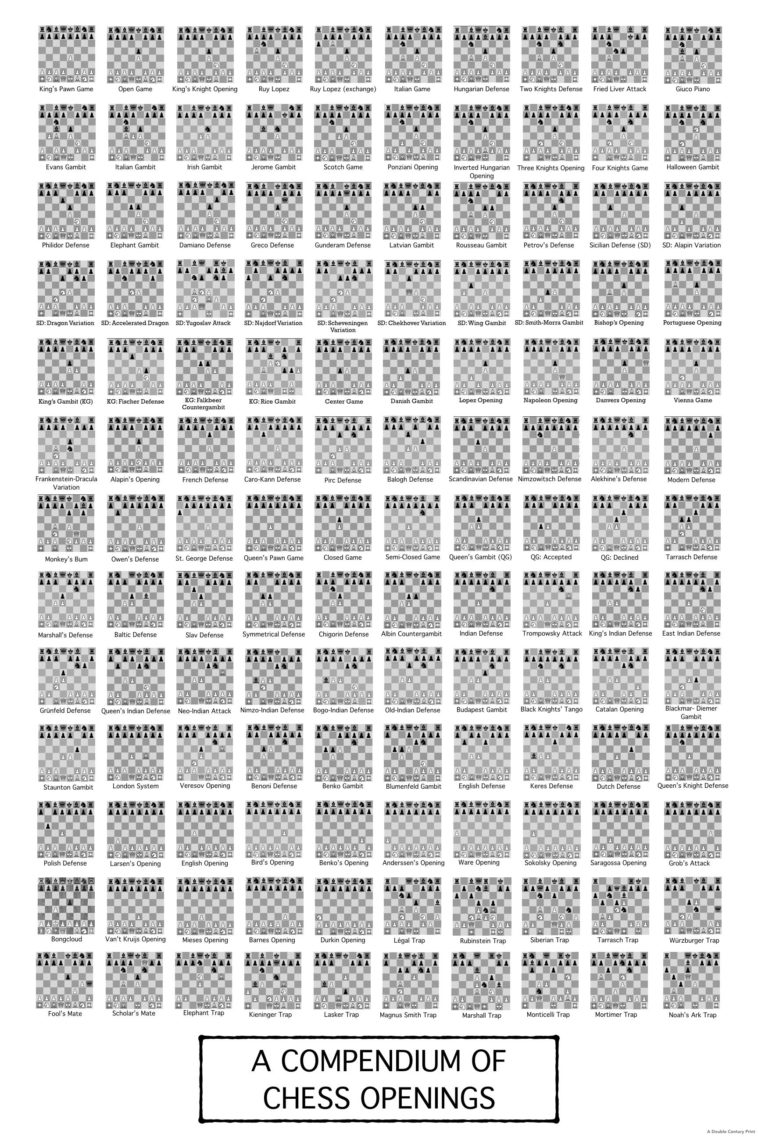

The key line is 3.d5 Ne5 4.e4 e6 (4…Nxe4? 5.Qd4! wins a piece) 5.f4 Ng6 6.Bd3 (6.e5 Ne4 7.Qf3 Bb4+ 8.Kd1 f5 9.Bd3 0-0 10.Bxe4 fxe4 11.Qxe4 d6 12.Nf3 Ba5! left Black with lots of development and a safe King in R.Potter - Benjamin, World Open 2003. In the next game I was satisfied to win in less dramatic fashion against a very strong opponent.ĭao Thien Hai (2495) - Silman, Budapest 1994 Okay, Christiansen and Benjamin make the Tango look like a mating machine. Here are some illustrative games on this opening:

WHITE AGAINST BLACK KNIGHTS TANGO SERIES
You can also find a free, highly interesting, 4 part series on the Black Knights’ Tango by Joel Benjamin on my site: There is some very good literature on the Tango, namely The Black Knights’ Tango by Georgi Orlov (Batsford 1998) and Tango! by Richard Palliser (Everyman Chess 2005).

This means that after 1.d4 Nf6 2.Nf3 g6 White can’t play a Samisch Variation against the KID, and if you choose 2…e6 after 2.Nf3, White might have preferred a Nimzo-Indian with the king-Knight back on g1.Īlso, after 1.d4 Nf6 2.c4 Nc6 3.Nf3 e6 4.Nc3 Black might as well play 4…Bb4, entering a Nimzo-Indian, while 4.g3 Bb4+ takes Black into a Bogo-Indian. On the other hand, after 2.Nf3 you can enter some other opening where White has made a concession (placing the Knight on f3). It’s certainly an interesting opening, but you can’t really force the main lines if White simply avoids it by 1.d4 Nf6 2.Nf3 and now 2…Nc6 3.d5 isn’t exactly what Black was looking for. The main American heroes of this system are IM Georgi Orlov and Grandmaster Joel Benjamin, though quite a few other creative players – like Grandmaster Larry Christiansen – have also made good use of it over the years. Of course, I know what you really mean (though, instead of the Mexican Defense, I call it the Black Knights’ Tango) simply because I have played this opening for Black many times, and have even helped with the creation of some of its theory: 1.d4 Nf6 2.c4 Nc6.
WHITE AGAINST BLACK KNIGHTS TANGO CODE
Here’s another reason you don’t want to feed me code and avoid moves: In ChessBase, if I do a search for all games with the A50 code, I get 1.d4 Nf6 2.Nf3 b6, 1.d4 Nf6 2.c4 g6 3.Nf3 Bg7 4.g3 b6, 1.d4 Nf6 2.c4 e6 3.Nc3 b6, and various other bizarre move orders. Tossing an A50 or C35 doesn’t mean anything to me at all! What am I, some sort of robot? Do you actually think I’ve memorized the whole chess opening code? At age 112, I’m just happy I remember my name and where I live – don’t expect more of my memory than that! Okay guys, please give me moves in the future.

I think I might stick with this defense, but before committing myself, I’d like to know what drawbacks or pitfalls I might expect. I just made what I thought was the best move available. Of course, I had no idea I was playing any specific defense when I made the moves. After having some of my Turn-Based and Live Chess games analyzed by the computer, it turns out that I play a great many Mexican Defense games as Black, and I usually do well in them. My question relates to the Mexican Defense: A50. I have tried variations of the Nimzo-Indian, the Gruenfeld, the King’s Indian, the Queen’s Indian, the Bogo-Indian, the Queen’s Gambit Declined, and possibly others the names of which I’m not aware. Playing as Black, I have responded to 1.d4 in a number of ways.


 0 kommentar(er)
0 kommentar(er)
